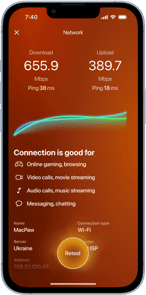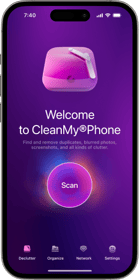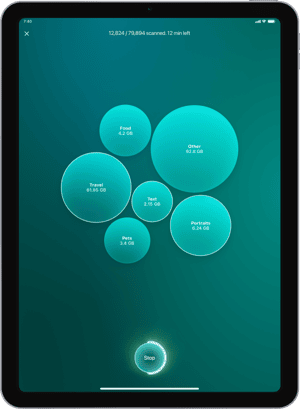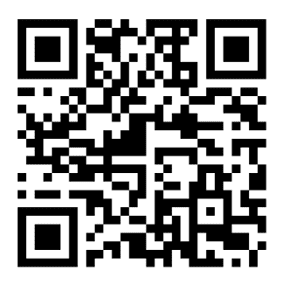It’s that time of the year again when you’re thinking about buying a new iPhone. After a full lineup revamp, the new iPhones are ready to go, and if you’re ready to upgrade your phone, then you’ve got a decision to make. Keep reading, and we’ll compare the best features of the new phone and highlight why you might want to choose one over the other.
So what’s the best iPhone to buy?
Jumping right into things, here are our recommendations and a breakdown of the new iPhone lineup.
- The best iPhone released in 2025: iPhone 17 Pro Max
- The cheapest new iPhone: iPhone 11
- The best iPhone for photos: iPhone 17 Pro and Max
- The best iPhone for the money: iPhone 11
- The best iPhone for battery life: iPhone 17 Pro Max
Which iPhone Fits Your Needs Best?
When choosing your iPhone, the top factors usually come down to size, memory, and camera. If you prefer a bigger display, need more storage, or want the best photo experience, those are the key features to focus on. And for anyone prioritizing photos or extra memory, we recommend CleanMy®Phone — an app that helps you optimize space and keep your iPhone performing at its best. With the app, you can get rid of all the photo clutter, compress videos and turn Live Photos to stills.
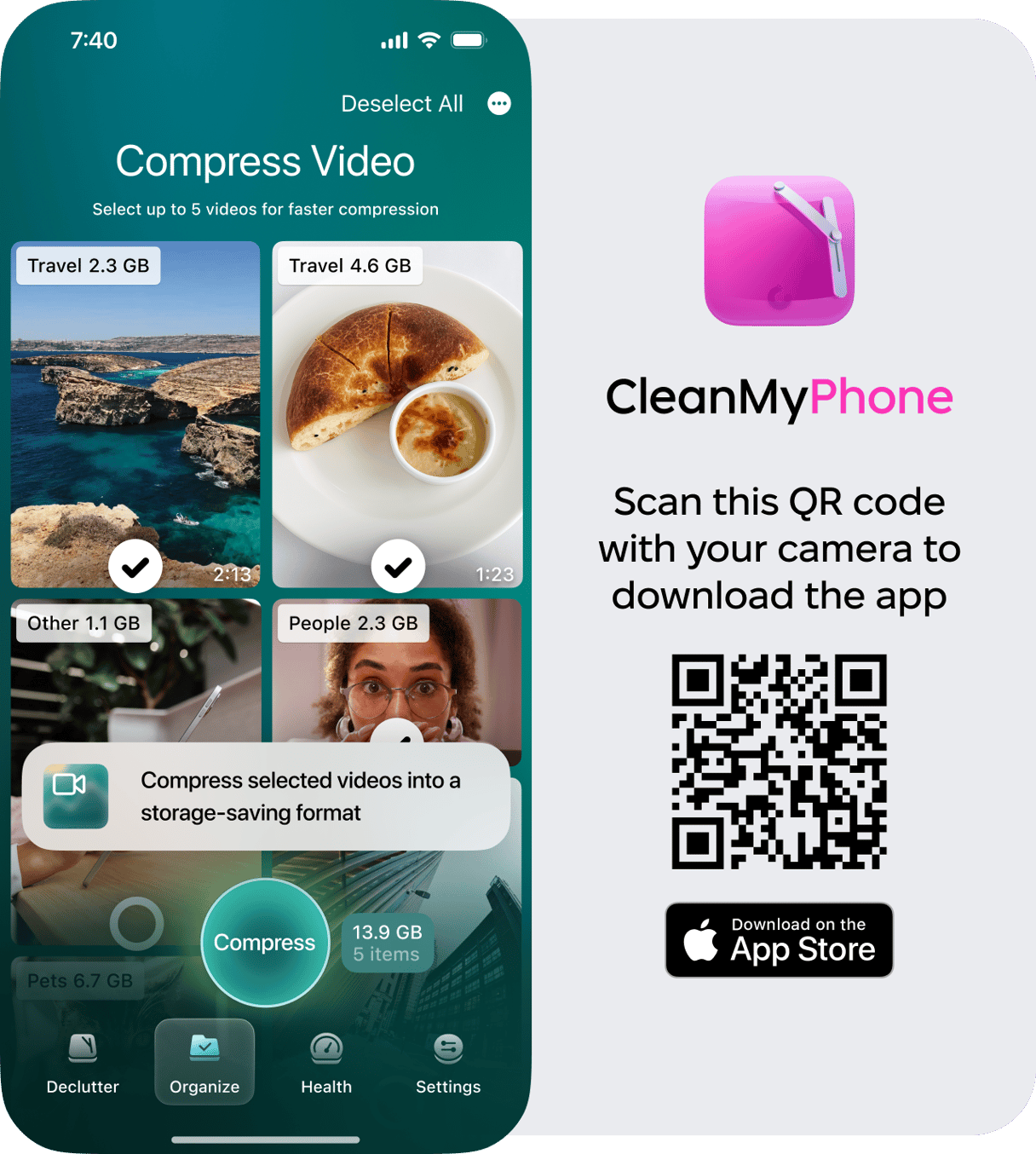
The best iPhone released in 2025: iPhone 17 Pro Max
Hands down, the best iPhone released in 2025 was the iPhone 17 Pro Max. But there are also iPhone 17 and iPhone 17 Air. While both the iPhone 17 Pro and iPhone 17 Pro Max share a lot of the same features, there are a handful of specs that help the Max edge out its little brother.
Both phones have the Super Retina XDR display and a dual-camera system, but it’s the iPhone 17’s slightly larger 6.3-inch screen with ProMotion that sets it apart. The iPhone 17 also boasts better efficiency, with battery life slated for up to 22 hours of watching videos.
The cheapest new iPhone: iPhone 11
By no means should the cheapest of the new iPhones be misinterpreted as the worst of them. The iPhone 11’s price tag is marked a full $300 cheaper than it’s Pro counterparts but is still a powerful smartphone.
Features-wise what separates this phone from the rest is that it has a dual camera instead of the triple and a liquid retina HD display. That being said, the display on the iPhone 11 is 6.1-inches which is actually bigger than the iPhone 11 Pro screen.
The best iPhone for photos: iPhone 17 Pro and Max
If the camera and taking photos with your iPhone is your main priority, then iPhone 17 Pro is your best bet. It features the Wide, Ultra Wide, and Telephoto lenses, giving you more flexibility for capturing every shot. Across the board, the camera specs on the 17 and 17 Pro are impressive, but the Pro’s triple-lens system sets it apart. And both models take advantage of Apple’s latest Night Mode improvements, which dramatically enhance photos in low-light conditions.
The only reason the iPhone 17 Pro might edge out the iPhone 17 as the better phone is because of its larger 6.3-inch ProMotion display that makes viewing your pictures even more immersive.
The best iPhone for the money: iPhone 11 Pro
When it comes to value, though, iPhone 11 Pro is going to be the model that gives you the most bang for your buck. You get nearly all the same specs and features as you would on iPhone 11 Pro Max, but at a lower price.
The iPhone 11 Pro serves as a nice middle ground between the other two models. If you want things like the triple camera but don’t need a massive screen, then the iPhone 11 Pro is going to be your best bet.
The best iPhone to get in terms of battery life: iPhone 17 Pro Max
As far as battery life goes, iPhone 17 Pro Max is the champion. Rather than shrinking the design, Apple has leaned into a slightly larger and more robust build to house a more powerful battery. So instead of chasing ultra-thin form, you’re getting a phone that lasts considerably longer on a single charge.
As we mentioned earlier, the iPhone 17 Pro Max delivers up to 29 hours of video playback on one battery charge. That easily outpaces what earlier iPhones could do.
What’s the best time to buy an iPhone?
The best time to buy an iPhone is typically towards the end of the year. Apple will typically make an announcement and release models at the end of September or beginning of October. So that means if you buy an iPhone before January, you’re usually guaranteed at least nine months before a new line of iPhones comes out.
The new lineup of iPhones has a lot to offer — it just depends on what you’re hoping to do with your phone. Hopefully, after reading this article, making the decision will be a little bit easier for you.


